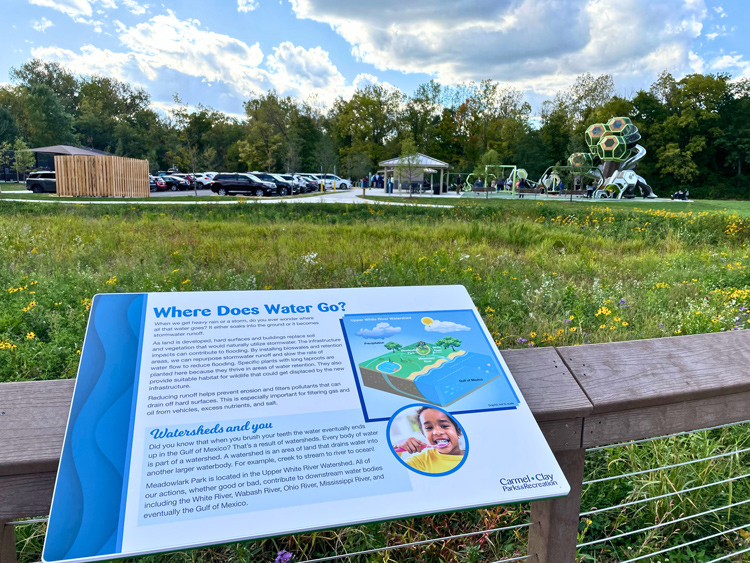By BILL SCHMIDT
Guest Columnist
 With the increase in flooding, global temperatures, and scarcity of resources posing persistent threats, our planet is faced with the urgent need for sustainable solutions.
With the increase in flooding, global temperatures, and scarcity of resources posing persistent threats, our planet is faced with the urgent need for sustainable solutions.
Landscape architects, at home in both the natural and built environment, play a crucial role in bridging the gap between societal development and environmental preservation for sustainable growth.
Here are three ways landscape architects are designing a future where we can thrive:
Rainwater management & water quality
With an increase in development, along with the reduction of trees, wetlands, and green spaces that help infiltrate water, flooding events have become much more prevalent. This is compounded by more volatile storm events, where vast amounts of rain fall in a short period of time.
Landscape architects are tackling rainwater management and water quality head-on through green infrastructure best practices like bioswales, rain gardens, permeable paving, and green roofs. Green infrastructure slows the rate at which stormwater enters our sewers and waterways, thereby mitigating the potential for flooding.
These techniques utilize native plants that are not only attractive but also filter water, contributing to both groundwater recharge and transpiration.

This sign at Meadowlark Park in Carmel explains the watershed effect and where water ends up. (Photo provided)
Carbon emissions
As more carbon dioxide is released into the atmosphere each year, landscape architects can incorporate strategies to help reduce its impact on our environment. Landscape architects understand that successful carbon capture requires strategic long-term planning.
When designing natural areas on a project, trees and plants with deep root systems can be incorporated to not only scrub carbon dioxide from the atmosphere, but also store carbon safely in the plant structure and underground. To illustrate, a single mature tree can capture 48 pounds of carbon dioxide a year, releasing clean oxygen back into our atmosphere in exchange.
The urban heat island effect
Unlike rural areas, developed cities often experience consistently higher temperatures – a phenomenon called the urban heat island effect.
In Indianapolis, for instance, temperatures can be over nine degrees hotter than surrounding areas. This is caused by a combination of high-density development and an abundance of heat-absorbing dark materials like roofing and asphalt, commonly used in urban construction. These surfaces absorb and trap heat throughout the day, creating a persistent thermal blanket over the city that can last long after sunset. This not only leads to higher temperatures but also worsens air quality by trapping pollutants that would otherwise escape in the cooler nighttime climate.
Landscape architects incorporate solutions to this problem in their urban designs. Trees, green spaces, reflective (high albedo) materials, and green roofs provide shade, improve air quality, and lead to lower heat retention as the sun sets.
* * *
The challenges facing our planet are great, but well-designed, sustainable spaces offer a path toward resilience. Through green design, landscape architects are creating spaces that are better for our environment and healthier to live, work, and play in.
Bill Schmidt, PLA, ASLA, LEED AP, is the Director of Landscape Architecture at Weihe Engineers, Inc.

